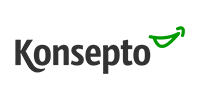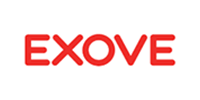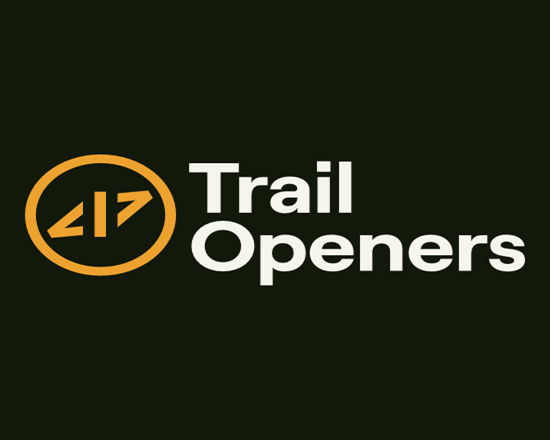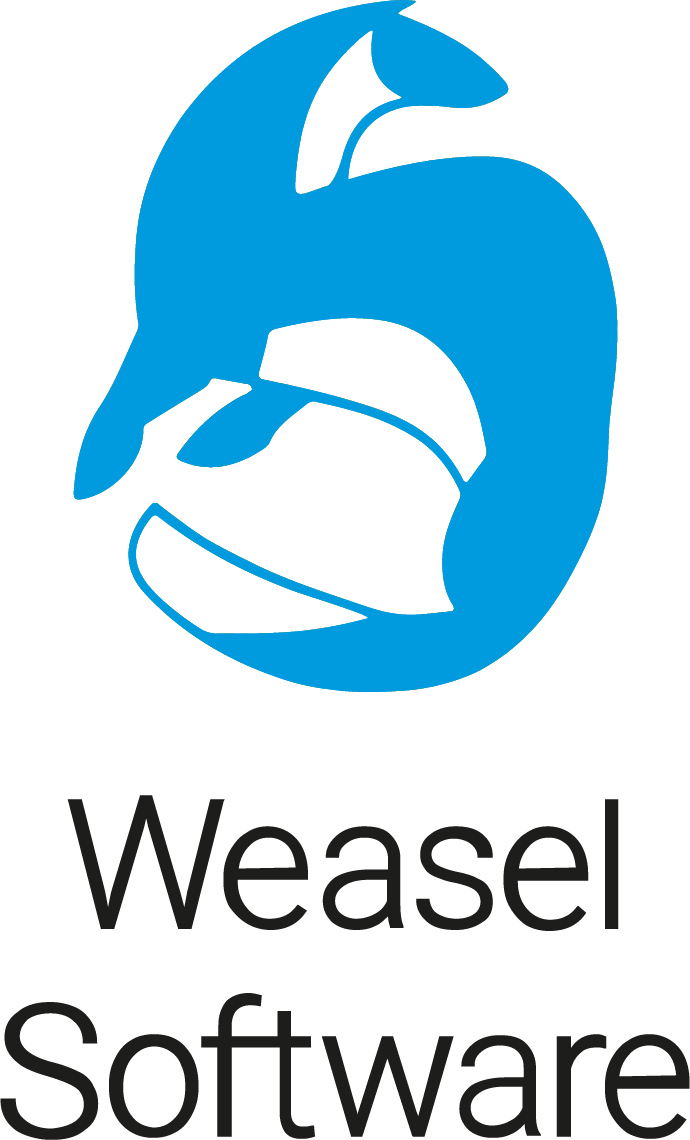
The Finnish software industry is a forerunner in many issues, including in responsible business. However, this is not the case with regard to carbon neutrality, and emissions from the ICT sector are growing considerably. In order to encourage the software industry to be climate-smart, the Code from Finland association has established a label that enables members to demonstrate their efforts towards making software development more carbon-neutral. The label also helps buyers make more climate-smart purchasing decisions. The ultimate purpose of the label is to make itself redundant and to make carbon neutrality part of normal industry practice.
All full members of the association, that is, company members, can apply for the carbon neutrality label. To apply for the label, a company needs to calculate, minimise and offset its carbon footprint. The association reserves the right to examine the carbon neutrality materials of the applicant company. The board of the association considers label applications at its monthly meeting and decides whether to approve or reject them. The right to use the label begins with the approval of the board, and the label will be valid for one year at a time. The holders of the label are published on the Code from Finland website and on social media.
The criteria for the carbon neutrality label have been formulated in cooperation with Sanna Taskila of Carbon Wise.
Press release 31 March 2022 (in Finnish): The Code from Finland carbon neutrality label encourages the software industry to be climate-smart
Label holders
The label has been awarded to the companies Konsepto, Exove, Trail Openers, Lyyti, Site Logic, Redandblue, Druid, Funlus, Weasel Software, Hurja, and Digiaargh.
Criteria
- In order to be awarded the Code from Finland carbon neutrality label, a company must meet the following conditions:
- The company is a full member of the Code from Finland association.
- The company calculates its own annual carbon footprint in accordance with the methods generally used in the industry.
- The company undertakes to minimise its own carbon footprint.
- The company offsets its entire carbon footprint at least annually, by using one or more reliable carbon offsetting providers.
- The offsetting methods used are in line with the criteria of good offsetting.
Minimising the carbon footprint must be goal-oriented, systematic and effective. Examples of such minimisation measures include:
- reducing travel or favouring modes of travel with low emissions,
- operating in line with the principles of the circular economy,
- saving energy,
- reducing non-essential purchases,
- favouring low-emission catering,
- selecting carbon-neutral suppliers,
- purchasing carbon offset products or services.
We also recommend adding an environmental impact assessment as part of a company’s purchasing criteria.
The calculation of the carbon footprint must include all scope 1 and scope 2 emissions according to the Greenhouse Gas Protocol, as well as all essential scope 3 emissions that have a direct connection to the company’s business.
Scope 1 emissions are all the direct greenhouse gas emissions generated by the company: emissions from the properties owned by the company, from the company’s own energy production and from the vehicles owned or managed by the company.
Scope 2 emissions are emissions from the production of purchased energy, such as electricity, heating and cooling acquired for the company’s own use.
Scope 3 emissions are indirect emissions from the company’s value chain, including the company’s outsourced logistics, waste and water management, recycling, and purchase of materials. Other key business-related scope 3 emissions for software companies include those arising from:
- third-party online services,
- leased property,
- business travel,
- staff business trips,
- all equipment, fixtures and fittings,
- network connections, server rooms and cloud services; and
- office catering and supplies.
If an individual scope 3 emission does not recur or if it is insignificant in relation to the total emissions of the company, and the calculation of the emission is complicated, it may be omitted.
The use of the solutions produced by the company and the resulting emissions count towards the carbon footprint of the company’s customers, and these are excluded from this calculation. Similarly, the calculation excludes the company’s investments, if any.
The offsetting service provider should be required to undergo reliable third-party supervision, in compliance with the Gold Standard certification or similar, depending on the offsetting methods used.
It must also be ensured that the offsetting methods used are in line with the criteria of good offsetting. Many local offsetting methods have a double-counting problem with the national greenhouse gas inventory. The results of some offsetting methods are not verifiable, some may be pointless, and some may even be counterproductive in terms of reducing emissions.
Regulation of the offsetting market and climate claims is currently being increased.
Sources to learn more about the criteria of good offsetting:
- Ministry of the Environment: Voluntary carbon markets
- Harnessing voluntary carbon markets for climate ambition – An action plan for Nordic cooperation (p. 52-54, ANNEX 1., Mitigation Outcome Criteria)
Where do I start?
You can get started by familiarizing yourself with the rules, instructions and links on this page, as well as the carbon neutrality webinars organised by our association.
See the recordings on our webinar page (only in Finnish)
As a member benefit of Koodia Suomesta ry, Carbon Wise offers carbon footprint calculations for the members at a special price with a 20% discount. When awarding the label, it does not matter whether the calculation was done by yourself or with the help of an expert partner.
The carbon neutrality mark is applied for one year at a time, after the previous year’s carbon neutrality has been confirmed. Applying for the mark is done using the application form. The board of the association processes the received applications at its meetings.










